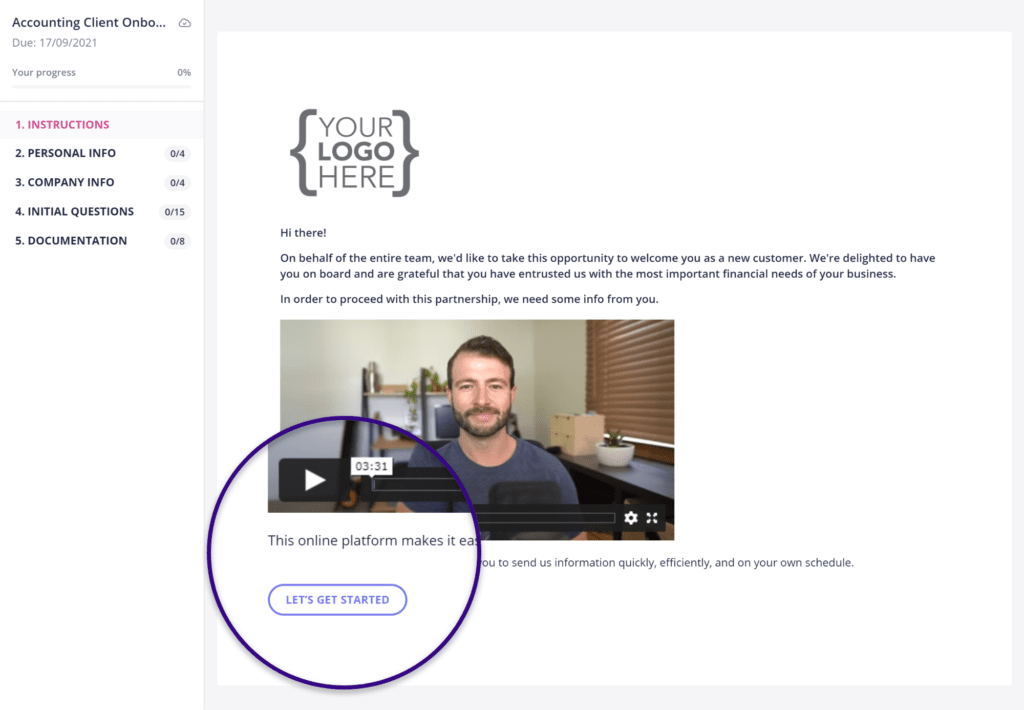With the explosion of e-commerce, more and more people are making consumer choices online rather than in shops. And that means more commercial truck drivers on the road.
But in a world where driver demand is as high as driver turnover, logistics companies are under pressure to find and onboard new drivers — and fast. All this needs to be done without cutting corners or making any concessions when it comes to safety measures.
So how do you ensure a smooth, hassle-free, and safe driver onboarding process at scale? The answer, of course, is with the right technology.
In this article, we’ll explain everything you need to know about the challenges associated with driving onboarding — and the tools you can use to streamline it.

Traditional challenges in new driver onboarding
The process of onboarding new drivers is full of potential challenges. Here are some of the most common bottlenecks that make driver onboarding a drain on time and resources.
1. Manual paperwork and documentation
Traditionally, driver onboarding involves lots of paperwork. In order to verify someone’s eligibility for the role and onboard them into your systems, you need to gather their driver’s license, employment history, application form, and so on.
Doing this process manually is time-consuming and prone to errors, which can result in further delays. Not a great situation to be in if you need new drivers on the road ASAP.
Without dedicated software for managing this process, businesses often resort to using ill-fitting tools like email, resulting in endless back-and-forths. Once you’ve got the documents you need, managing them effectively is another challenge — especially if you insist on using paper copies.
2. Time-consuming background checks and verification
Before you’re able to hand over the keys, a new driver must go through various background checks to formally verify their driver history, criminal history, and employment history. If done manually, this can be a lengthy and cumbersome process at the best of times.
3. Poor communication between drivers and the company
Effective communication is essential throughout the onboarding process. It allows you to answer any questions that may come up and tackle issues as they arise. But traditional communication methods such as phone calls, emails, and in-person meetings often result in miscommunication, disjointed conversations, and delays in relaying important information.
At the same time, manually providing updates, answering driver queries, and coordinating schedules can be needlessly time-consuming and frustrating for both parties.
4. A lack of real-time tracking and monitoring
Once drivers are finally on the road, how do you keep tabs on them? Without real-time tracking and monitoring systems, companies may struggle to understand driver activity, vehicle locations, and performance metrics.
This can result in all sorts of problems when it comes to planning efficient routes. It can also lead to unnecessary delays in the event of unforeseen circumstances on the road.
How technology can streamline driver onboarding

With the right technology, it’s possible to deliver a driver onboarding process that is slick, seamless, and fast. You can also create a fully remote onboarding journey, allowing new drivers to go through the orientation process at a time and place that suits them. Here are some key examples:
1. Requesting and gathering documents
With a dedicated information-gathering tool like Content Snare, you can streamline the process of requesting and gathering information and documents.
Content Snare allows you to build custom-branded web forms that specify exactly the information you need in exactly the format you need it. This removes the guesswork from the driver’s side, ensuring that you get all the documents you need as quickly as possible.
If information is outstanding, you can schedule automated follow-ups to prompt the driver to complete their submission. Once they have completed the form, you can accept and reject submissions with a single click.

Content Snare makes driver onboarding simple
Tired of chasing new drivers for the right documents? Fed up with the endless back-and-forth emails? With Content Snare’s custom web forms, you can gather the information you need with ease.
2. Document management
Document management software can help simplify and enhance the driver onboarding process in a number of ways.
First, there’s the issue of document storage and organisation. Document management systems act as a centralised repository for all your driver-related documents. This enables you to:
- Store documents in a coherent and logical way
- Eliminate the risk of documents getting lost or misplaced
- Ensure easy access to documents across your team
- Search for documents by the words they contain
- Guarantee data security at all times
But that’s not all you can do with document management software. You can also streamline the process of generating agreements and contracts through a range of templates. And by integrating with your CRM, HR platform, or even a tool like Content Snare, you can auto-populate documents to save you time.
Once the agreements are ready, you can send them over to the driver to sign using e-signature functionality, allowing you to sidestep the issues that come with printing, sending, and scanning paper documents.
Then there are handy features like version control, document collaboration, document tracking and analytics, and enhanced security and compliance.
3. Process automation

Traditionally, driver onboarding involves all sorts of administrative processes. Performing these processes manually — again and again — can be a huge drain on time and resources.
With process automation software, you can automate many of the repetitive processes associated with driver onboarding. Not only does this speed up the onboarding journey and liberate you from mundane, repetitive work, but it also improves accuracy and reduces the risk of missing something important.
For example, with the right technology, you can:
- Automate the application process: Instead of manually reviewing and processing driver applications, you can use selective screening tools to automate this process and spot drivers who meet your specific requirements.
- Automate background checks: Automated background checking systems can integrate with external databases to perform comprehensive driver screenings.
- Automate onboarding workflows: With a tool like Zapier, you can seamlessly transfer data between apps when a certain action is triggered. This could be automatically sending out onboarding forms to new drivers once their application has been accepted, for example.
- Automate training and orientation: Online learning management systems can guide new drivers through safety training, enabling them to complete learning modules remotely at their own pace.
- Automate HR and payroll processes: By integrating time-tracking software with your HR and payroll system, you can automatically calculate pay and process transactions.
- Automate driver tracking: with the right tech, you can track drivers whereabouts, plan effective routes, and monitor performance.
4. Communication and collaboration

If the goal is to create a slick and seamless onboarding experience, legacy communication tools like email and phone calls no longer cut it.
Email is still a solid enough way to engage a new driver for the first time or offer them a position, but it’s not well suited to back-and-forth communication or detailed instructions. Here are some tools you can use for that instead:
- Instant-messaging software: Tools like WhatsApp and Slack allow a more conversational approach, providing a better platform for asking and answering ad hoc questions. You can also set up group chats alongside personal ones.
- Video conferencing software: Platforms like Zoom and Microsoft Teams allow you to get face-to-face with new drivers on any device, anywhere. Again, you can do team calls to communicate with multiple new starters at the same time.
- Asynchronous video software: With a tool like Loom, you can record your screen and camera to create simple instructional videos that guide new drivers through processes step by step. Loom is also great for personalised welcome videos.
- Task management software: Tools like Asana and Trello allow you to break the onboarding process down into tasks, which you can assign, track, and provide deadlines for. This helps all members of your team see what needs doing, by whom, and when.
The benefits of getting driver onboarding right
Leveraging technology to modernise and streamline your driver onboarding process can bring all sorts of benefits to your business, including:
- Improved operational efficiency
- Reduced costs
- Increased driver retention
- Improved compliance and risk management
- Real-time performance-related insights
Together, these benefits result in happier drivers, happier customers, and a more profitable business.
The key to unlocking these benefits is to choose the right technology. And in our experience, that means software that targets a repetitive manual process, is easy to set up and use, and makes your clients’ lives easier as well.



